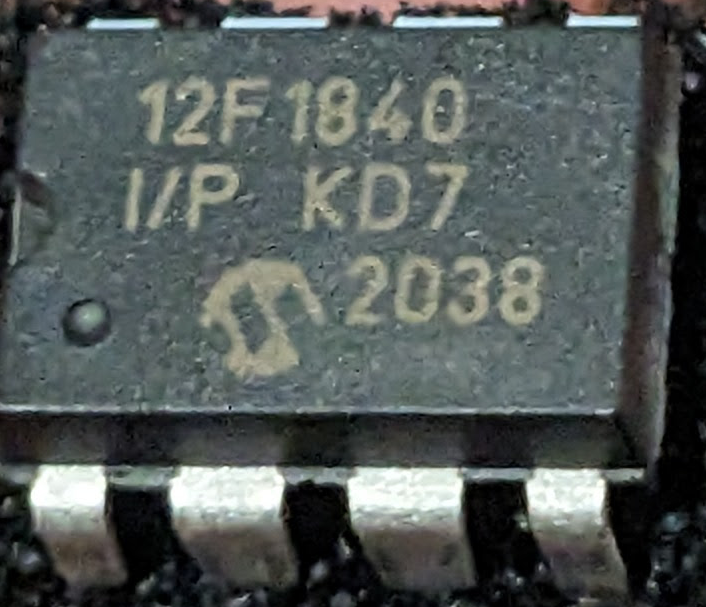I ordered my an NØXAS Picokeyer from hamgadgets. I've never had a memory keyer before, and it's really kinda cool! There's a thing though. I mostly disappeared from the Reverse Beacon Network until today becuase, apparently, keyer weight.
First, the miracle that is a memory keyer: These things are great! I ordered a pikokeyer for rockmite from hamgadgets. I don't know where the company is located, but wow the thing turned up in the mail quickly. I ordered it on March4th, and it was here on March 6th via USPS Priority Mail. Wow! The pikokeyer is a pin for pin memory keyer replacement for the Rockmite's original keyer chip.
The original keyer:
The new keyer:
The 12 year-old, Daize, and I were able to pop the original chip out, and the new one back in in a few minutes, and then, the thing just worked.
And then we went a little quiet on the Reverse Beacon Network. Not gone, just not seen as often. The kid and I had done some antenna connection repairs the same night, so I began to worry a bit, but this morning, I think I figured out the issue. For whatever reason, the RBN likes a keyer weight of 7. This is configurable in the snazzy new keyer. When I changed the setting from the default of 5 to 7, not only did we turn back up on RBN with the frequency of spots of old, we mostly turned up with our full callsign, something that's rarely happened before.
The fix was made about 25 minutes prior to this picture:



Comments
Post a Comment
Please leave your comments on this topic: